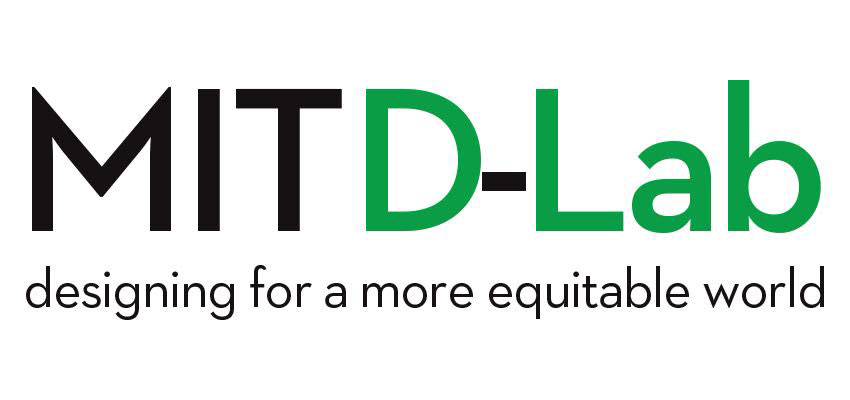
Hello, Everyone
Over the past month, a new thresher team has come together to follow up on the work of the D-Lab Design team and we’re putting the finishing touches on a new prototype! Our current group includes Roberto Meléndez, a graduate student in mechanical engineering; Viral Modi, a senior in economics and physics; Dana Lee, a senior in economics and psychology at Wellesley; Emily Cunningham, a senior in economics at Harvard and our mentors at D-Lab, Gwyn Jones and Kofi Taha.
As background, a thresher is a device that separates the seed from the stem of grains. In rural Ethiopia, grain is threshed by hitting it against a hard surface, letting cattle walk over it or by renting or buying an expensive commercial thresher. There is a real need for a cheap, efficient and easily operated thresher. Our goal is to create a thresher that can efficiently process the five main crops in Ethiopia—maize, wheat, barley, sorghum, rice and teff—for under $100.
The thresher constructed in the D-Lab Design class last spring was made out of a PVC bucket that was mounted on a flat-stock iron stand. A bicycle provided the power to turn the rotor inside the PVC bucket. The first prototype was very functional: it threshed wheat, rice, maize and tef with good efficiency. However, our community partners in Ethiopia asked for something more portable and less expensive. They also suggested that the bucket be made of metal as the target buyers view plastic as inferior.
The new thresher prototype was designed to accommodate these changes. We switched from a bicycle to treadle to cut down on cost, and to make the unit smaller. We turned the bucket stand into a wheelbarrow and mounted the treadle pedal on a leg of the wheelbarrow so it can easily fold up for portability. We bought a sheet metal 5 gallon bucket to replace the plastic one. The new prototype also includes plans for a maize sheller that attaches to the same axle as the rotor.
Having built this new prototype, we now have a new set of problems to troubleshoot. The ergonomics of the wheelbarrow have proven to be trickier than we suspected. The legs on our wheelbarrow get in the way of the user’s legs and our handles need to be farther apart. We also need to design and attach the maize sheller out of sheet metal so that it does not have to be cast iron, which is usually imported from India or China. The treadle mechanism works well. Average pedaling will bring the rotor to around 200 RPM, and with fast pedaling, RPM can easily exceed 400. This setup is slightly slower than the bicycle but is much cheaper. Also, though a lower speed means that it takes more time to thresh crops, it results in increased efficiency: the seed falls off of the stem instead of the stem snapping in half and remaining attached to the seed.
The next two weeks will involve a lot of testing, recording, and modifying of this prototype. If you have any comments, questions, or ideas, please shoot us an email at threshers@mit.edu!
Ben Hoff, D-Lab Summer Intern, Brookline High School


